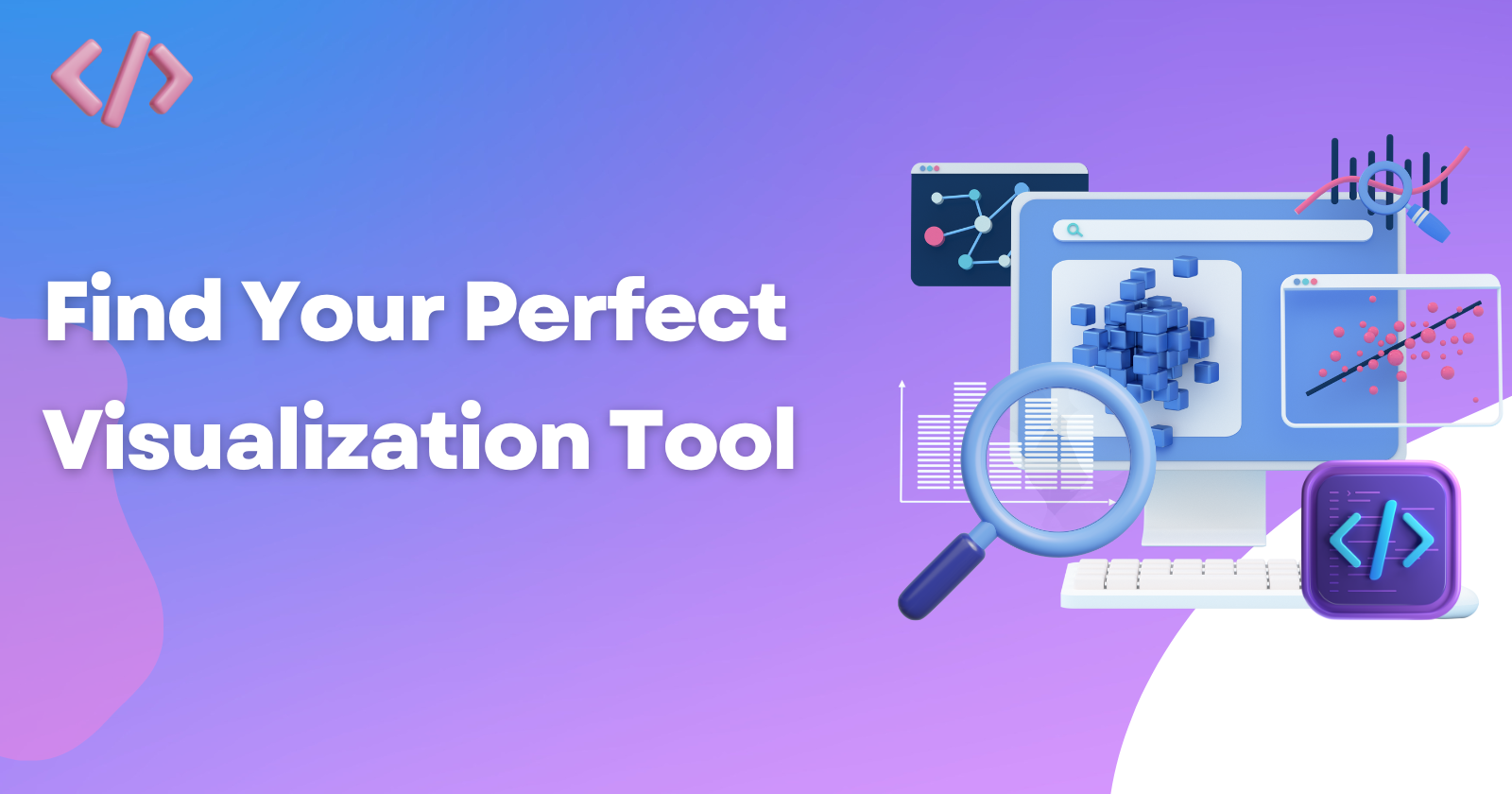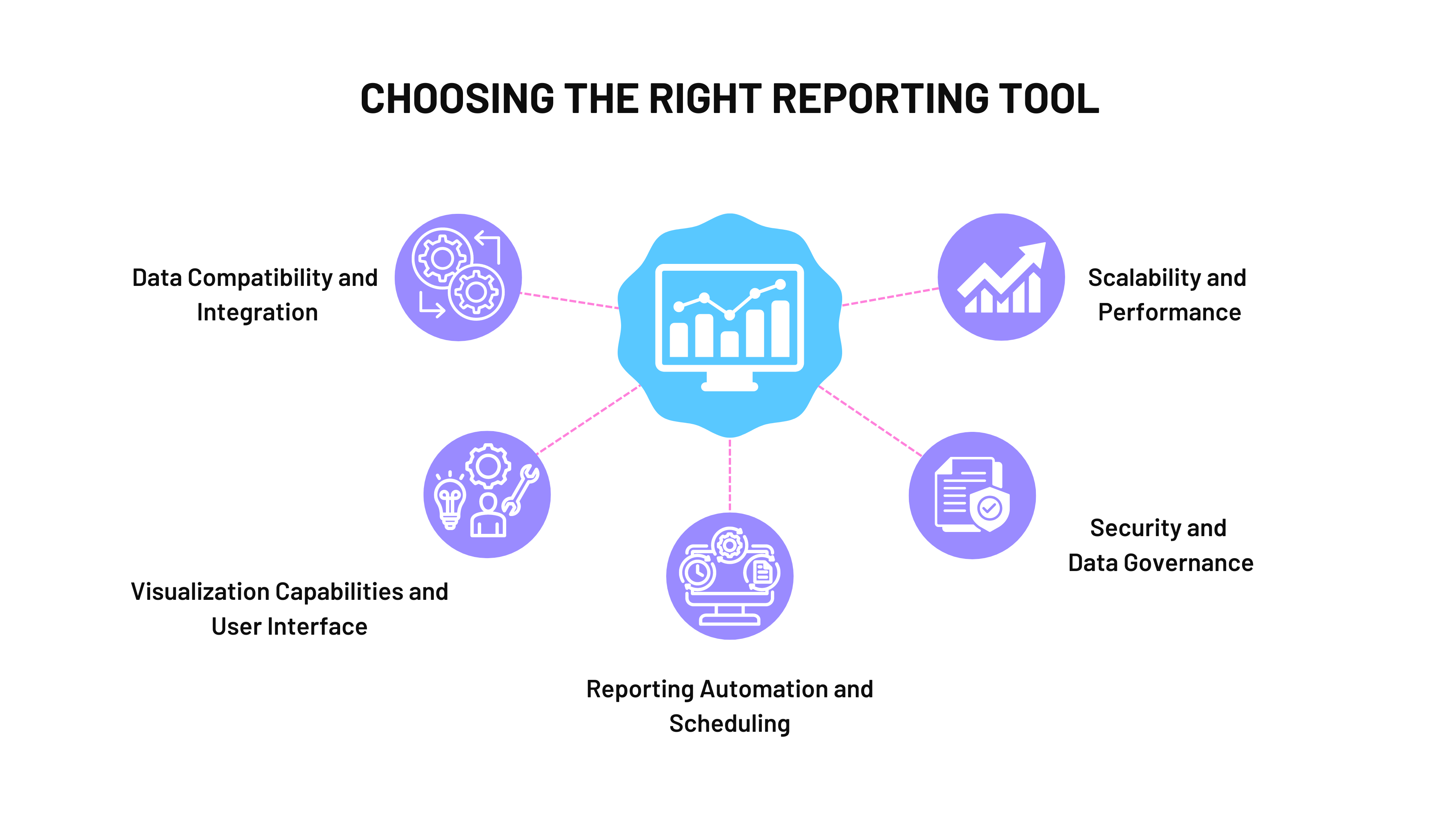5 Things to Consider when Choosing a Reporting Tool
 Angelina Shevchuk
Angelina Shevchuk
In today's data-driven landscape, the ability to extract meaningful insights from vast volumes of information is an important skill. Reporting tools have emerged as indispensable assets, empowering individuals and organizations to transform raw data into actionable intelligence.
From dynamic pivot tables to sophisticated BI solutions, the array of options can be overwhelming. To navigate effectively, it's essential to understand not only the capabilities of these tools, but also how they align with your specific needs and objectives. In this guide, we'll embark on a journey to demystify the world of reporting tools, offering valuable insights and practical advice to help you make informed decisions.
Whether you're a seasoned data analyst or just starting to explore the realm of reporting, this guide will equip you with the knowledge to uncover the perfect tool for your unique data sets. Let's dive in.

1. Data Compatibility and Integration:
One of the main considerations when selecting a reporting tool is its compatibility with your existing data sources. Ensure that the tool can seamlessly connect to the databases, spreadsheets, APIs, and other data repositories that store your information. This capability ensures that you can extract, transform, and visualize data from your preferred sources without friction. Additionally, look for reporting tools that offer robust integration options with other software applications you use, such as Customer Relationship Management (CRM) systems, Enterprise Resource Planning (ERP) software, and cloud storage solutions. This ensures a smooth flow of data between different components of your business ecosystem.
2. Visualization Capabilities and User Interface:
The effectiveness of a reporting tool heavily relies on its visualization capabilities. Look for a tool that offers a wide range of visualization options, including various chart types, graphs, and maps. Take a closer look at Flexmonster Pivot Table & Charts demo on dashboards - real-time reporting in a dashboard view format is rather an exclusive addition to a solid pivot.
Equally important is the flexibility to customize these visual elements to align with your brand or specific reporting needs.
Furthermore, consider the user interface's intuitiveness. A clean, user-friendly interface streamlines the process of creating, editing, and analyzing reports. It also reduces the learning curve to team members, allowing them to quickly adapt and utilize the tool effectively.
3. Reporting Automation and Scheduling:
Efficiency in reporting processes is crucial, especially for tasks that require regular updates or follow a specific schedule. Look for a reporting tool that offers automation features, allowing you to set up recurring reports that are generated and delivered without manual intervention. Additionally, scheduling capabilities enable you to ensure that reports are distributed to relevant stakeholders in a timely manner. This not only saves time but also guarantees that crucial insights are delivered promptly, enhancing decision-making across your organization.
4. Security and Data Governance:
Safeguarding sensitive information is important when working with data. Pay close attention to the security features provided by the reporting tool. This includes authentication mechanisms, role-based access control, data encryption, and compliance with industry-specific regulations. A robust security framework ensures that only authorized personnel have access to sensitive data, reducing the risk of unauthorized access or data breaches. Furthermore, consider data governance features, which facilitate data quality, lineage tracking, and metadata management, ensuring the reliability and integrity of your reports.
5. Scalability and Performance:
As your organization grows, so will your data volume and reporting requirements. It's imperative to choose a reporting tool that can scale with your needs. Assess the tool's performance with large datasets, and inquire about scalability options. This includes the tool's ability to handle increasing data loads, as well as its capacity for handling concurrent users. Choosing a reporting tool with robust scalability and performance ensures that your reporting capabilities remain effective, even as your data demands evolve over time.
By considering these five critical aspects, you'll be well-equipped to make an informed decision when choosing a reporting tool that aligns seamlessly with your organization's specific needs and goals!
Subscribe to my newsletter
Read articles from Angelina Shevchuk directly inside your inbox. Subscribe to the newsletter, and don't miss out.
Written by

Angelina Shevchuk
Angelina Shevchuk
Tech enthusiast!